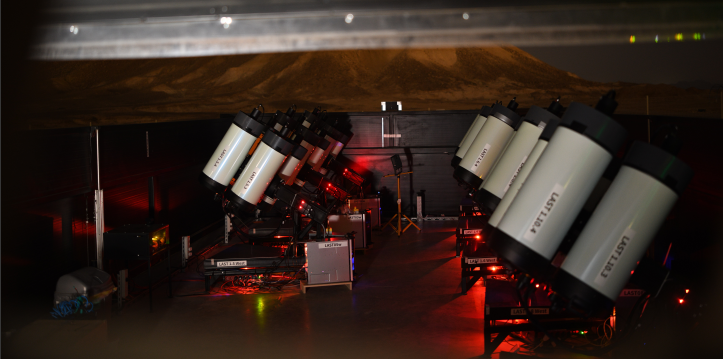The Large Array Survey Telescope (LAST)
In this seminar I will introduce the Large Array Survey Telescope (LAST), provide an overview of its current status, outline our gravitational-wave follow-up plans during O4, and highlight other, ongoing scientific projects. LAST is currently under construction at the Weizmann Astrophysical Observatory (http://www.weizmann.ac.il/wao/) in southern Israel. It is a cost-effective and flexible telescope array consisting of 48 commercially available telescopes. Its modular design enables various observing modes: The co-aligned configuration corresponds to a 1.9m telescope with a 7.3 square degree field of view, and in the open mode it can cover 350 square degrees instantaneously. This will allow rapid and efficient follow-up even for poorly-localized gravitational wave triggers. Therefore, LAST data will help to find kilonovae earlier and add crucial early data points to the light curves.
LAST is the first of several future telescopes at the observatory: While LAST surveys the entire sky to search for transients, the PAST and MAST arrays will obtain photometric and spectroscopic observations for discovered sources. All telescopes will in addition provide ground support for the ULTRASAT mission.

Last Updated Date : 18/05/2023



